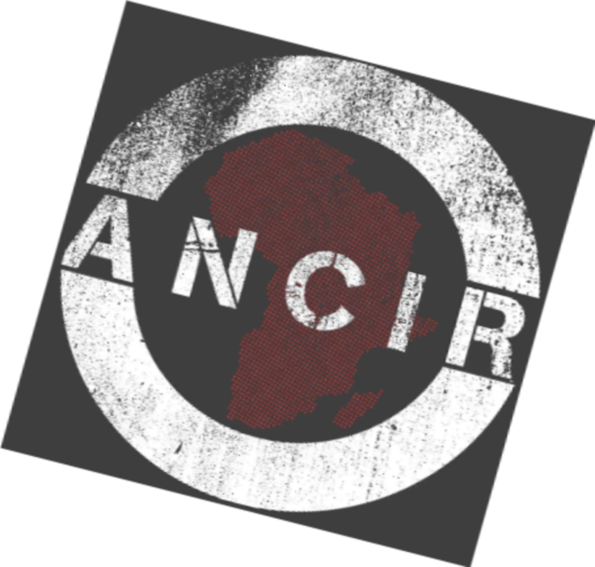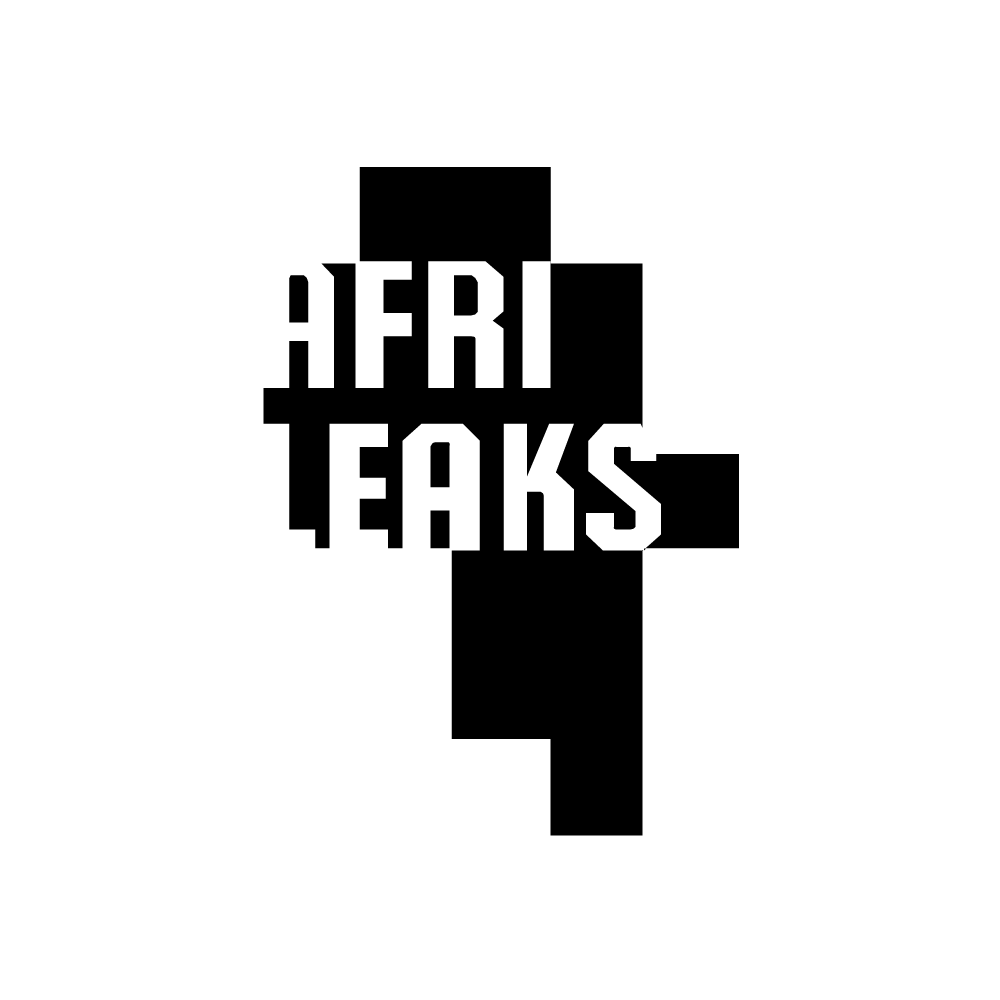Flaws in Sierra Leone’s diamond trade
He is De Beers’ most prolific diamond buyer, a supplier to the luxury jewelry brand Tiffany & Co., and an alleged criminal, accused of bribing the wife of a former Guinean president to land a multibillion-dollar iron mining deal. Given that profile, it’s not surprising that Beny Steinmetz and his eponymous company try to stay out of the limelight. But with the Steinmetz Group’s alleged tax avoidance scam in South Africa and an ongoing US grand jury investigation into corruption in Guinea, for the past two years, Steinmetz hasn’t been able to keep his name out of the headlines. So, to avoid exposing the company, the embattled billionaire allegedly sold his 37.5% share in the Steinmetz Group’s diamond segment, Diacore, to his brother, Daniel, in 2014.
Steinmetz left Diacore, but has kept up his business interests in Sierra Leone diamonds through the British Virgin Islands-based entity Octea. The company, which is run through Beny Steinmetz Group Resources (BSGR), lists the Steinmetz family as its beneficiaries. Unlike BSGR, which operates in West Africa, Diacore maintains a presence in Namibia, Botswana and South Africa.
Leaked data from Panama-based offshore fiduciary Mossack Fonseca, shared by the International Consortium of Investigative Journalists (ICIJ) and Germany’s Süddeutsche Zeitung newspaper, sheds light on the internal financial structures created by BSGR to camouflage Octea’s financial activities. The data reveals a BSGR corporate structure, dated 2015, identifying Octea as wholly owned by the Guernsey-based BSGR – the latter directly involved in the Guinea iron mining scandal. In turn, BSGR is owned by several foundations based in Liechtenstein and Switzerland, including Nysco and Balda.
Sierra Leone is one of Africa’s leading diamond producers by value – and Steinmetz, who in 2012 reportedly had a personal fortune of $6 billion, is its biggest private investor. According to a source at the World Bank, “for a long time, the national government calculated its forecast of national growth closely tied to the success of two companies, the BSGR and AML [African Mineral Limited].”
Incomplete diamond export data, obtained by the African Network of Centers for Investigative Reporting, show that during some months from 2012 to 2015, Octea exported more than $330 million in rough diamonds. Yet, although Octea’s rough diamonds average $350 per carat, the company is alleged to be more than $150 million in the red. Dozens of creditors are waiting to be paid, including the government of Sierra Leone and Standard Chartered Bank. If these debts are not paid, the company could lose its license.
But some say this could be by design. Sources close to the company said the its strategy was to exploit alluvial diamonds, feign financial struggles and leave creditors high and dry. The company declined to answer questions about its financial practices, threatening legal action over issues it claimed were confidential.
The conspiratorial rumors, unanswered enquiries and legal threats speak to the financial opacity of Octea’s mining operation. Analysis of the available data raises many questions: Why can’t Octea pay its bills? How are the diamonds from BSGR’s Koidu mine valued? Why doesn’t company data document the payment of taxes? And who in the murky diamond trade is Octea connected with?
Mine Ownership After the Civil War
In 1995, the government of Sierra Leone entered into an agreement with the South African company Branch Energy Limited, an arm of Executive Outcomes (EO), a mercenary outfit that assisted governments across Africa with internal and cross-border wars. The agreement, negotiated under the Mines and Minerals Act of 1994, was scheduled to last 25 years. Sierra Leone’s military government handed over the Koidu mine to the firm in payment for helping to suppress the rebels during the country’s civil war. In 2002, the bloodshed ended, and the following year, a new agreement transferred rights, duties, and responsibilities from Branch Energy to Koidu Holdings, a company belonging to Octea of BSGR. Steinmetz was able to snag what trade magazine JCK called “a $28 million sealed-off diamond deposit” ‒ a bargain for a mine that yields some of the world’s most valuable diamonds.
Steinmetz retained EO’s Jan Joubert, the self-described founder of Octea, to continue running the Koidu mine. He would be listed as a director for some years. The government of Sierra Leone’s new contract with Koidu Holdings, which would later be reviewed and renewed again in 2007, listed the terms: Koidu Holdings would pay a $200,000 annual lease every year with a 3% increase from the prior year; income taxes of 35% would be deducted from Koidu’s net profit; and the government would impose an 8% royalty rate for exceptional diamonds valued at more than $500,000 per stone, with other diamonds priced on received sales value.
The agreement also stated that a government valuator would oversee the company’s sorting and pricing process and granted the company the right to deploy armed security forces throughout the concession. It also stipulated that on or before the 15th of each month, data concerning weight, value, size and categories of diamonds needed to be provided to Sierra Leone’s director of mines and the Central Bank.
Firm Connections
The data leak from Mossack Fonseca confirms a secretive financial structure connecting Koidu Holdings and Octea to wholly-owned Steinmetz entities in Liechtenstein, the British Virgin Islands and Switzerland. Some of these entities hold a great deal of money, especially when compared to Koidu Holdings, which had only $5,401 in its HSBC account in 2007. That same year, Nysco listed $27.7 million in a single HSBC bank account. Steinmetz’s brother and business associate, Daniel, was listed as attorney for an HSBC bank account with more than $250 million.
Despite active diamond mines and money in its parent companies, Koidu Holdings owes more than $150 million in outstanding loans to Tiffany & Co. and Standard Chartered Bank. Loan agreements between Standard Chartered and Tiffany document floating and fixed charges in the form of diamonds from Octea. The exact nature of these payments is unknown. Neither Tiffany nor Standard Chartered responded to questions sent via email. Despite media reports, BSGR claimed it had not defaulted on loans from either party.
Octea has also failed to pay outstanding fees to the government of Sierra Leone ‒ a situation that has threatened closure of the mine and contributed to the resignation of Octea CEO Brett Richards. According to media reports, Richards encouraged the government to press for immediate payment from BSGR, which claimed it was not in arrears to the government. Local incidents challenge BSGR’s denial. For instance, the mayor of Koidu city, Saa Emerson Lamina, said that Octea owed $700,000 in outstanding property tax. “There is not a single iota of corporate responsibility,” he said. In exchange for reduced taxes, the company pledged to provide a 5% profit-sharing agreement to the local community, and 1% of annual profits to the community development fund. None of this, said Lamina, has come to pass.
Yet the company’s financial difficulties do not appear to add up: during some months between 2012 and 2015, 987,000 carats were documented as exports by Koidu at a value of more than $335 million. An analysis of Octea’s exports show the company as producing 50% or more of Sierra Leone’s annual exports. The veracity of the data, say mining sources, is largely self-regulated, with companies reporting their own exports in terms of volume and values. But it does suggest Koidu is one of Sierra Leone’s most important exporters. Disaggregated or monthly data by exporter reveals the company accounted for between 60% and 90% of all diamond exports in Sierra Leone. But, unlike other companies, taxes for Koidu were never documented on available sources from 2012 to 2015. During September 2015, for instance, taxes were registered under all exporters except for Koidu, which exported about half ($9.5 million) of all exports ($19.5 million). The previous month, Koidu’s exports accounted for $7 million of a total $9 million in exports; again, with no taxes documented.
Octea and Koidu Holding’s financial accounts from 2012 to 2015 could not be accessed because they are incorporated in tax havens. Nor could the costs of management services, staff, related companies and other critical details that comprise operations of business affecting pre-tax profits. BSGR declined to answer questions pertaining to payments between subsidiaries and the purpose of specific entities that appear to be passive holding companies hosting only bank accounts and shares in other shell companies.
There is also more than one Octea. Multiple variations, all incorporated in the British Virgin Islands, exist, including Octea Diamonds, Octea Limited, Octea Technical Services, Octea Mining and the like. BSGR did not clarify the different roles played by the companies. The government department responsible for overseeing mining activity, the National Minerals Agency (NMA), declined to respond to questions around corporate structures, taxes, profits and valuation.
Until 2005, the NMA, formerly named the Gold and Diamond Office, used a price book based on 1996 figures to value diamonds, creating room for potentially significant undervaluation. Companies often lower their diamond value on exports to reduce taxes and externalize profits. Once exported to another foreign subsidiary where no taxes are owing, prices usually increase. A third independent party, Diamond Counsellor International (DCI), is used to advise and check the pricing of diamonds alongside Octea and the government of Sierra Leone. The company consults for governments in Liberia, Guinea, Angola and Sierra Leone. The independent valuer’s price book is currently used by the NMA. This means two seemingly independent positions rely on one source. The formulation behind DCI’s price book is not known; the company claims it uses industry contacts and market trends as source data. The price book complements the value placed on sales value by the company and the independent valuator, alongside the NMA.
A source formerly part of the Octea group said the company’s management also had no idea how the company valued its diamonds, why diamonds were exported to Switzerland, or why the company was financially strapped.
Client 90618
It is not known whether Octea exports its diamonds to Swiss-based Diacore, now run by Daniel Steinmetz. Diacore is registered in Mossack Fonseca’s client database as Client 90168, with more than 30 companies. On the surface it appeared that Beny Steinmetz gave over control of Diacore to Daniel Steinmetz.
An email dated January 2015 shows 50% of the company to be indirectly owned by Oceanview Trust (based in the British Virgin Islands) under the beneficial ownership of Nir Livnat; 12.5% is indirectly owned by Zamaria Foundation (registered in Liechtenstein) owned by Daniel Steinmetz; and 37.5% indirectly owned by Surfwave Foundation, also registered in Liechtenstein and owned by Daniel. But Beny Steinmetz appears to have retained power of attorney until June 2015. That is, until Diacore requested their fiduciary agent, Mossack Fonseca, to backdate the revocation of his power of attorney to 2013. In a leaked email dated June 24 2015, (titled “PoA backdated 2013’) Mossack Fonseca states that it, “knows very well the situation of Mr Beny Steinmetz”.
The law firm’s email was in response to a request from Diacore: “We urgently want to finalize the cancellation and backdate the cancellation to the date mentioned in our initial request in 2013. The POA, dated 05.07. 2007, was not only issued to Benjamin Steinmetz but also to Daniel Steinmetz and Marc Bonnant.”
In a subsequent email, Mossack Fonseca confirmed to Client 90168, Diacore, that it would consider backdating the 2007 power of attorney to remove Steinmetz’s name and replace it with another. Diacore claims maintaining Steinmetz’s power of attorney was an accident and not a deliberate strategy for him to discreetly maintain control of the diamond company.
Undue Diligence
When asked to provide due diligence information for anti-money laundering requirements, Onyx, BSGR’s Switzerland-based advisers, responded that the company supplied Tiffany, as if an association with the US jewelry brand precluded any wrongdoing. Onyx claimed that “the above company is the owner of a diamond mining lease in Sierra Leone and has marketing engagements with Tiffany & Co. group companies.”
For its part, Tiffany told the media that it had done rigorous due diligence. Subsequent questions to Mark Aaron, Tiffany’s media spokesperson, were unanswered.
The true state of Octea’s finances remain unknown.


